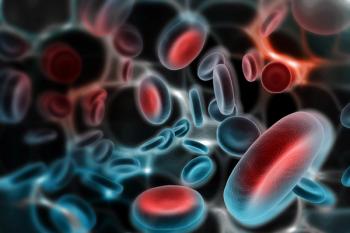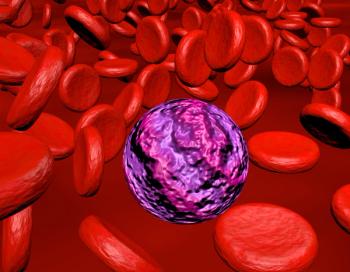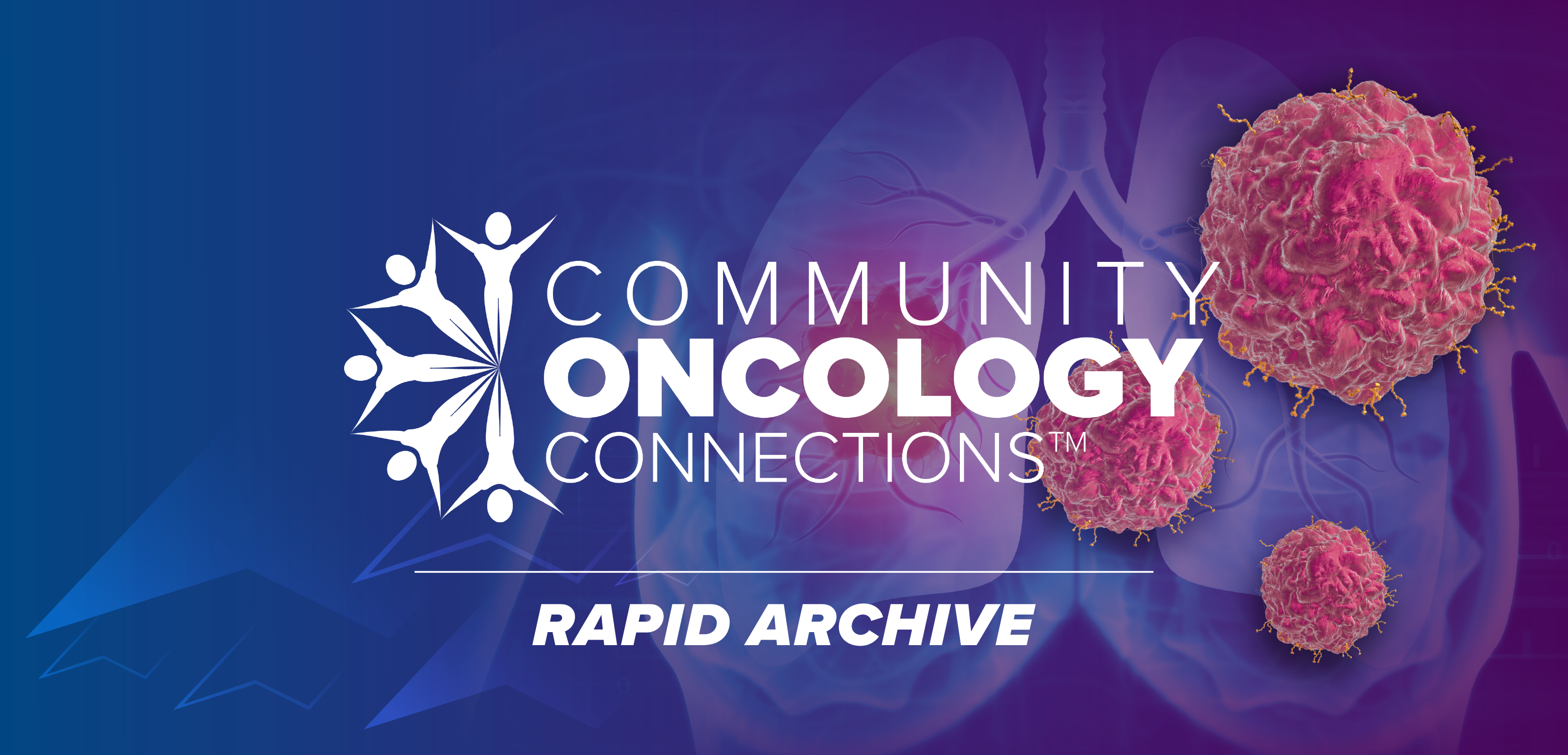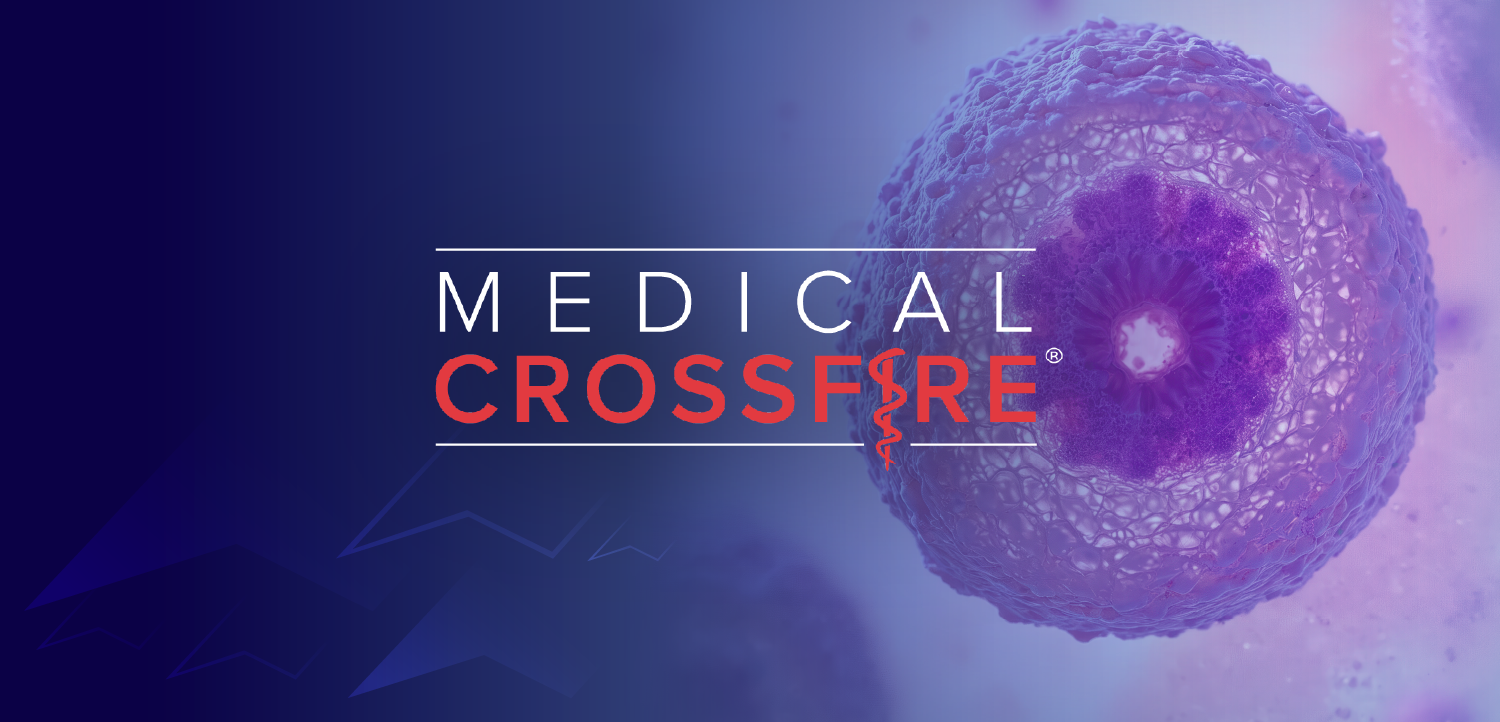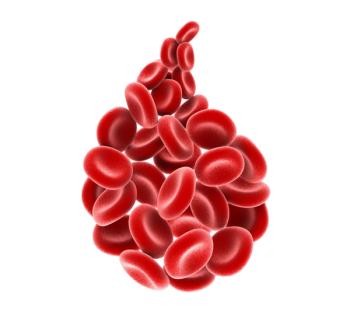
TEXT/SOFT Trials: Analysis of Ovarian Suppression in Breast Cancer
Dr. Pagani, who presented data on the joint analysis of the IBCSG TEXT and SOFT trials at the 2014 ASCO Annual Meeting, discusses how breast cancer patients in these trials responded to different methods of ovarian suppression.
Dr. Pagani, director of the breast unit at the Oncology Institute of Southern Switzerland, presented data on the joint analysis of the IBCSG TEXT and SOFT trials during the Plenary Session at the 2014 ASCO Annual Meeting.
Here she discusses how breast cancer patients in these trials responded to different methods of ovarian suppression, the pros and cons for each of the methods used in the two trials and the resulting side effects, as well as her thoughts on whether the increase in cancer-free survival seen with aromatase inhibitors plus ovarian suppression will result in payers being willing to reimburse for it.
Newsletter
Stay up to date on recent advances in the multidisciplinary approach to cancer.


